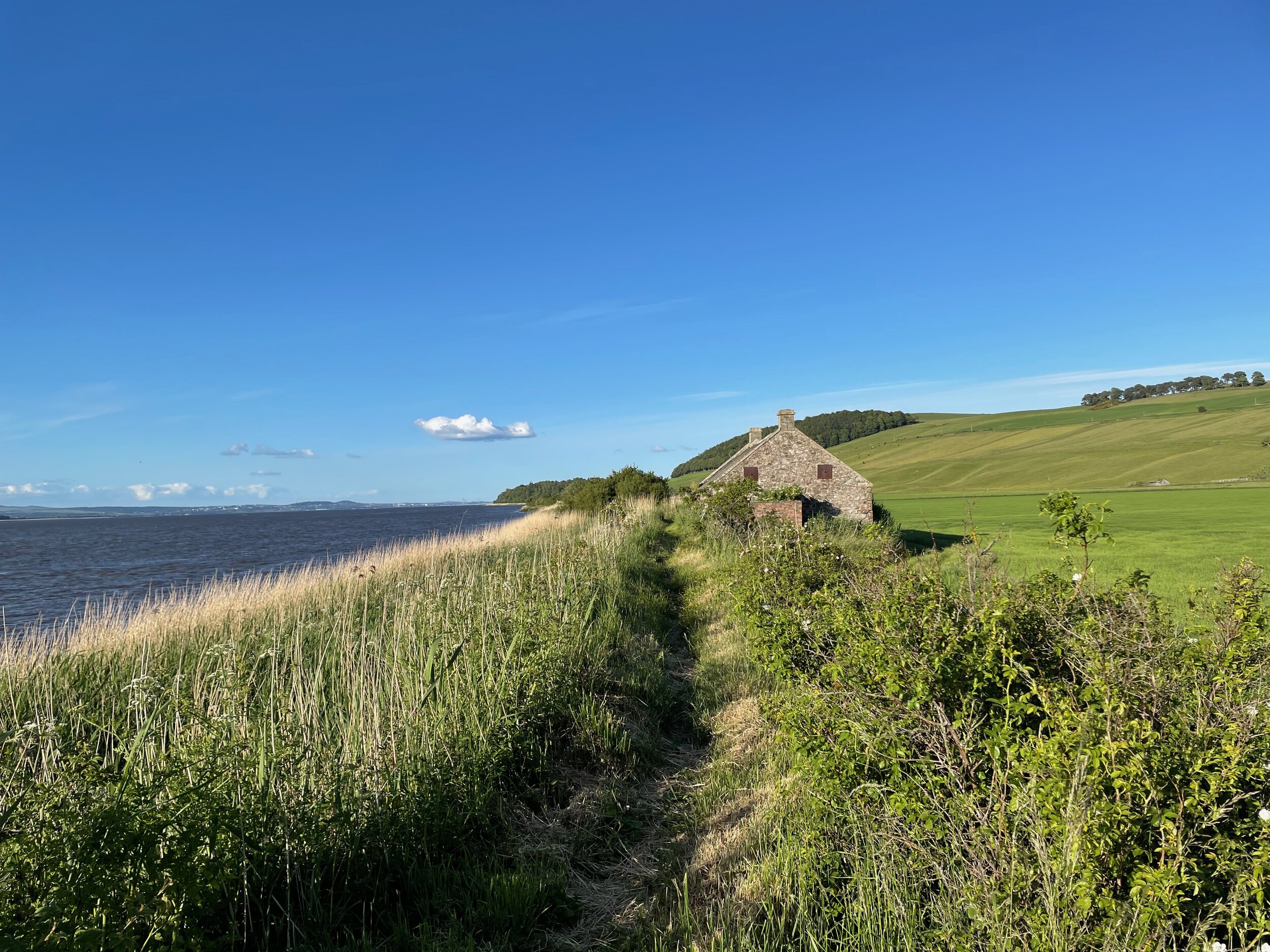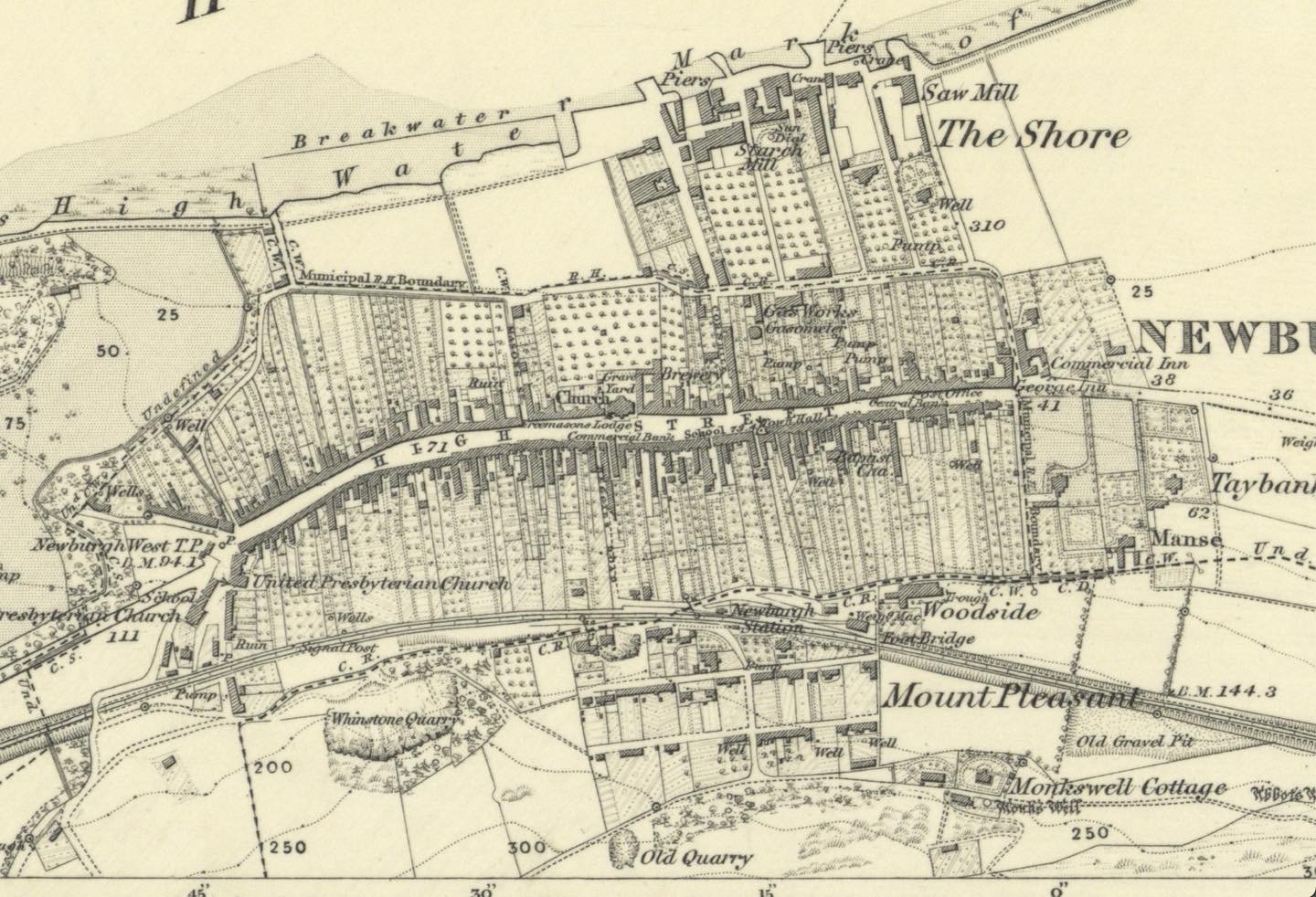
HISTORY
HYRNESIDE
From the Dark Ages, until sometime in the later Medieval period, Hyrneside was a corner of Parkhill Farm noted for its sandstone quarries and dark forest.
Historically an important royal hunting ground beside Lindores Abbey, Hyrneside Wood stretched along the side of Silver Hill and Park Hill (now inscribed with the Earl of Warwick’s emblem of the bear, which is set on fire to celebrate the Lindores’ annual distillate). David, Earl of Huntingdon, the founder of Lindores Abbey, granted the monks the right to take stone for building their church from his quarry of Hyrneside.
Hyrneside Wood was also host to a victorious battle for Scottish independence — according to the stories of Blair (Wallace’s Chaplin) and Blind Harry (a Minstrel), on 12 June 1298, Wallace, “the Guardian of the Kingdom”, vanquished the English at Hyrneside and now Wallace’s den is immemorially attached to a deep gully on Parkhill Farm, on the unassuming fields at the base of Silver Hill.
Lindores Abbey
Sitting at the base of Park Hill, the ivy clad ruins of Lindores Abbey were once home to the industrious Tironesian monks who farmed the fertile fields of Parkhill Farm, growing barley for whisky and beer, and apples, some of which, we like to think, was made into cider.
In 1494, The Exchequer Roll notes that Friar John Cor, a Lindores monk, was commissioned by King James IV to turn 8 bolls of malt into 400 bottles of whisky. With the earliest written reference to legally distilled Scotch Whisky, Lindores is considered the birthplace of Scotch Whisky and is now distilling again after a 500 year interlude.
Today, food and drink tourists visit to wander through the museum and ruins, tour the distillery, fill a cask, eat in the apothecary and sip whisky cocktails in the bar.
orchard town of newburgh
The fertile fields of Parkhill Farm were originally farmed by the monks from Thiron, France, who founded Lindores Abbey in 1191; they brought their horticultural skills and penchant for apples, planting orchards on the surrounding hillsides of Newburgh, producing fruit that became famous throughout Scotland.
The Abbey divided the orchard into long narrow strips so that townspeople could help take care of the fruit trees, in exchange for a portion of the crop, whilst growing vegetables and raising livestock beneath them.
These distinctive strips have been handed down through the generations as the gardens of Newburgh, and continue to produce pears, plums and apples.
Map below reproduced with the permission of the National Library of Scotland.




